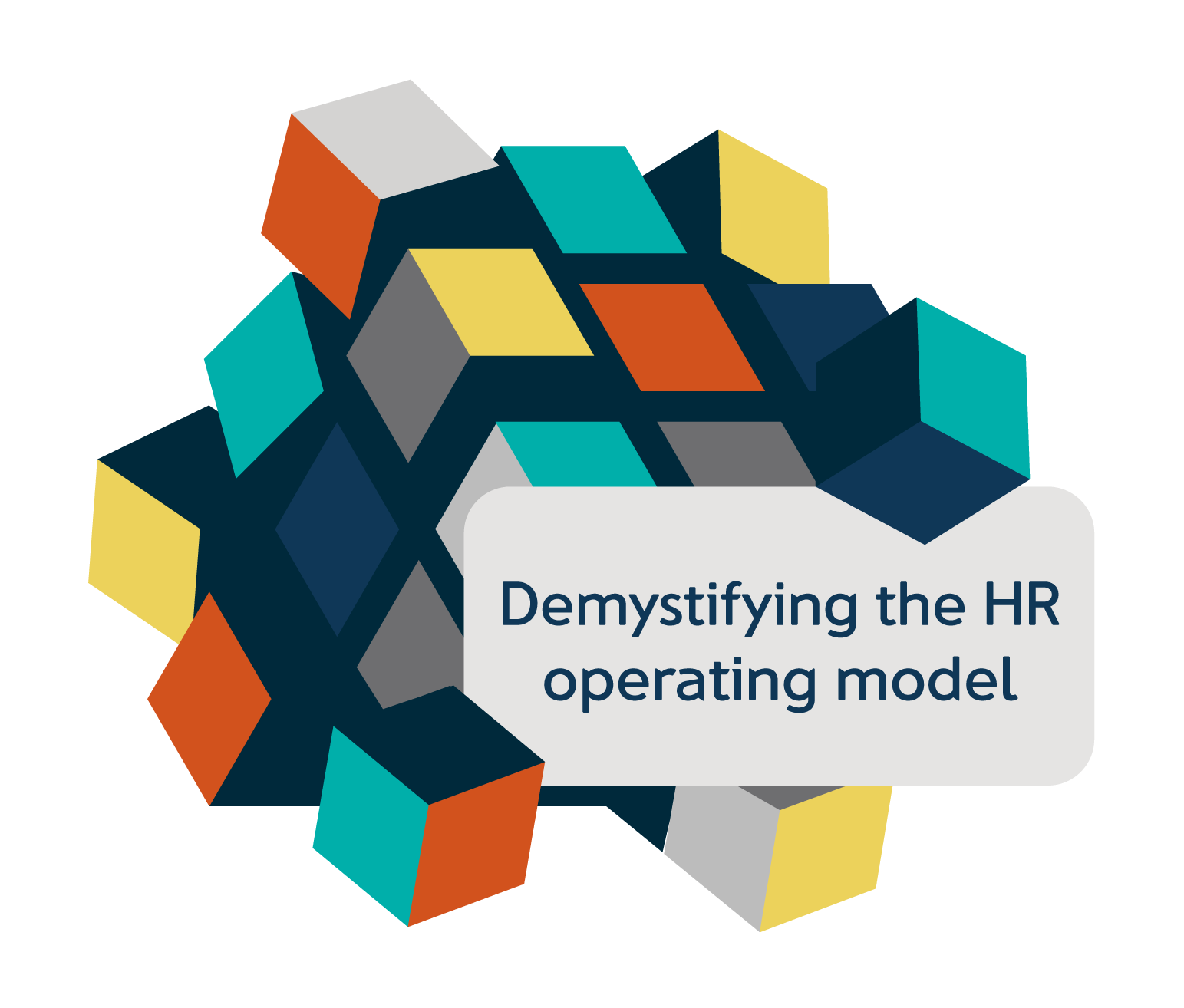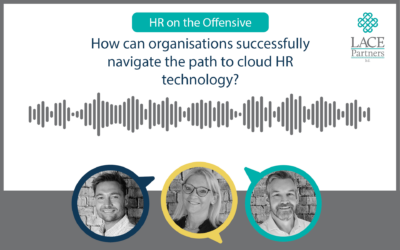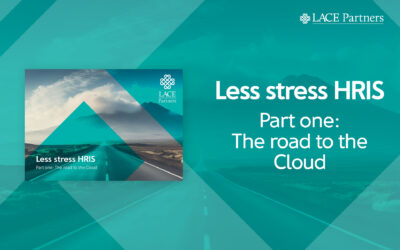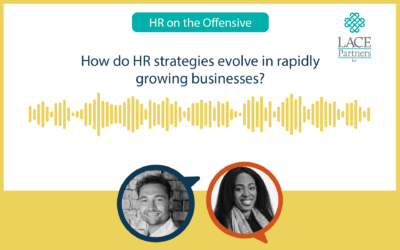Does your business desire greater customer intimacy and engagement?
At LACE we believe you should build your HR operating model around the business outcome you most want to achieve. Even better, we think it can be as simple as picking between four main drivers.
Part of our Demystifying the HR op model series, here we will run you through everything you need to know if you are on a mission to create amazing customer experiences (CX) and engagement.
1
What do we mean by a business desiring customer intimacy?
If your business has a large frontline workforce that interacts directly with customers, building strong customer relationships is paramount. Ensuring employees have a positive experience is vital, as it will directly impact the customer experience.
This is common in industries like hospitality and retail, where customer satisfaction is crucial.
HR plays a key role in ensuring these employees have a positive work experience to enable them to deliver excellent customer service.
But how do you deliver a positive employee experience, and how can you achieve this through your HR operating model?
2

At LACE HQ, we talk about the CPO’s wearing four different ‘hats’ representing different distinct accountabilities that they must wear simultaneously. Learn more in our blog about the four hats of the CPO.
Wearing multiple hats can be a juggling act, and this analogy helps illustrate the often-competing demands on the CPO. The emphasis on these ‘hats’ will vary depending on the specific driver.
For a CPO working with a business driving for greater customer intimacy and engagement, there will be a greater emphasis on the accountabilities aligned with an Experience Architect (hat two).
These attributes involve:
- Fostering engagement, driving productivity and cultivating a positive work environment and culture
- Focusing on data analytics and insights to gather and understand employee feedback
- Requiring the people function to have in-depth expertise and practical experience in each aspect of the employee lifecycle.
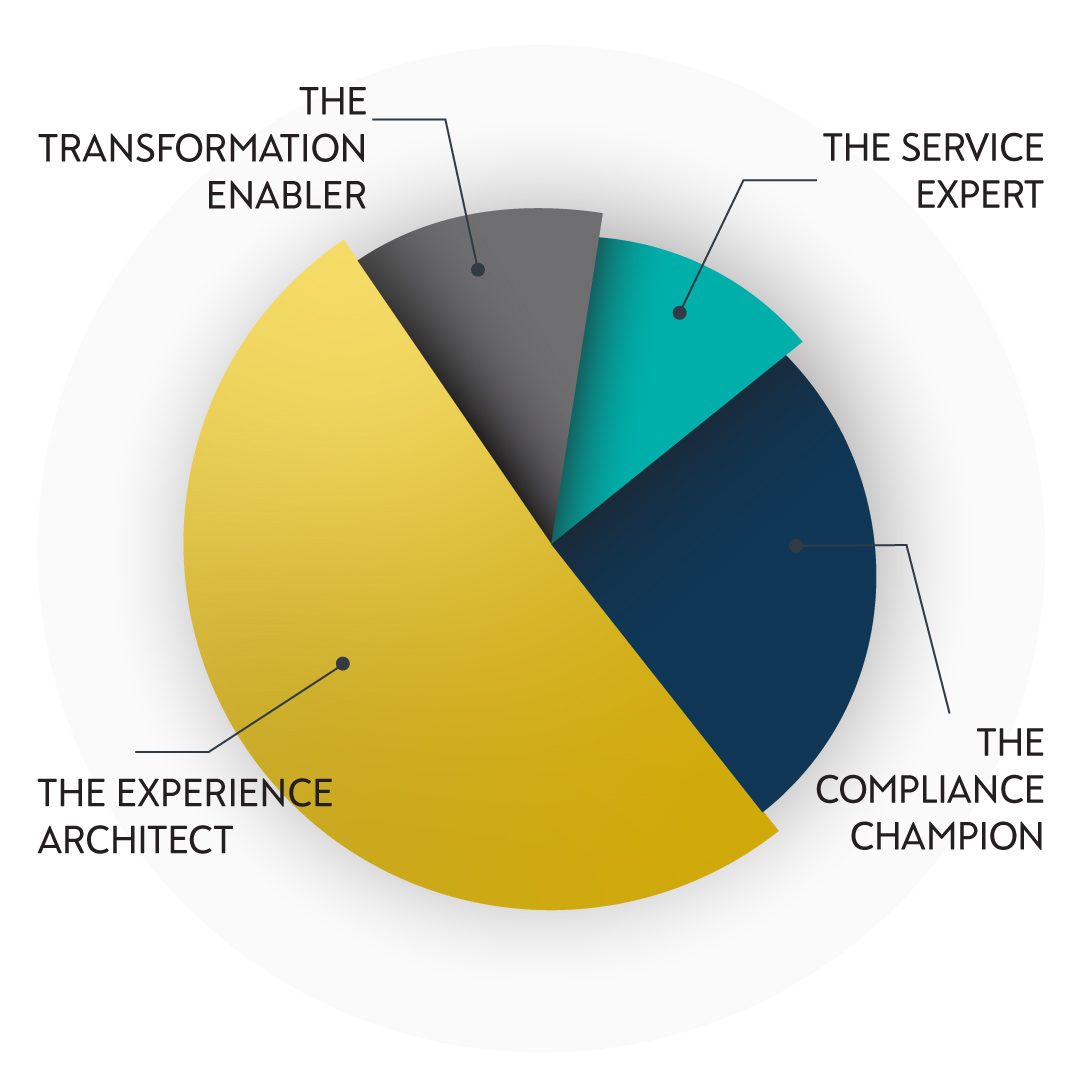
3
Ten traits of a high performing function
Alongside the distinct accountabilities of the CPO flexing, we also utilise our ‘ten traits framework’ to shape the HR operating model.
The ten traits are the building blocks of a high performing and people function. The specific combination of ‘traits’ will be unique to every organisation, determined by business and organisational context. Learn more about our ten traits framework in our blog.
For CX-focused businesses, certain traits are crucial, though others remain important. Highlighted below are your most important:
1. Business aligned and transformation partner
2. Employee centric and experience rich
3. ‘Change leader’ mindset
4. Solution innovation lead
5. Continuous improvement obsessed
6. Commercially driven
7. Super-charged people manager
8. Responsive and adaptable
9. Digital and insights mindset
10. Digitally enabled and artificially intelligent
In a business focused on engagement and customer intimacy, HR needs to prioritise creating a fantastic experience for employees, especially those on the front lines interacting with customers. Being nimble is key for HR, enabling quick responses to changes in customer and employee needs.
HR need to invest in and utilise data and insights to segment the workforce and tailor the HR service and op model around the needs of each group so it can identify what matters most to employees, ensuring their experience remains relevant and contributes to delivering great customer service.
4
LACE perspective: Exploring HR operating model implications
Consider the following questions when designing an HR operating model that needs to meet a business that has greater desire for customer intimacy and engagement:
- How can you segment the HR workforce and customise support to deliver a personalised experiences to enhance customer satisfaction?
- How can you foster innovative ways (cross-functional squads) to ensure prompt responses/resolutions are dealt with for customers (employees)?
- Can you structure HR services around ‘moments that matter’ rather than around processes?
- Does ownership for employee experience sit in HR?
- How are you going to measure ‘experience’ and ‘customer intimacy’? What does success look like? What feedback mechanisms do you have in place and how well are they working? Do you have linked eNPS / NPS metrics?
- How involved are different business employee groups in the design of new services and knowledge sharing?
- How does HR activity derive its direction from the business based on employee insights? Do you involve employees / line managers from the business in owning / directing what HR should focus on?
Let us if you found this useful, and also reach out with your questions via the form below.
If customer intimacy and engagement doesn’t sound like your driver, check out our other business drivers:
Rapid growth
If your business is a start up aiming for rapid scaling/expansion or a more established business who is private equity backed and undergoing rapid growth
Agility
If the business imperative is reshape the business landscape and / or respond with rapidly evolving competitor landscape
Productivity
If your business is heavily focused on reducing its cost base and maintaining increased margins
Customer intimacy

